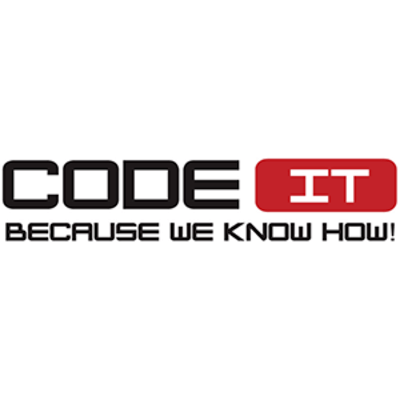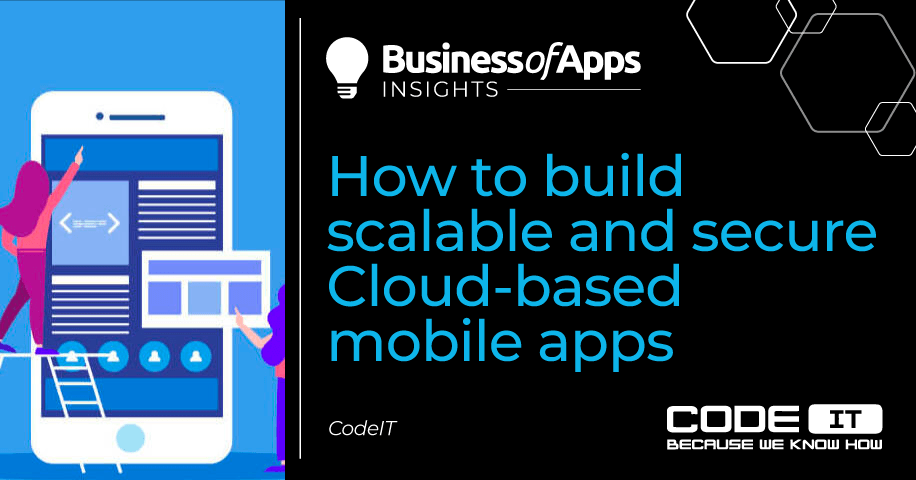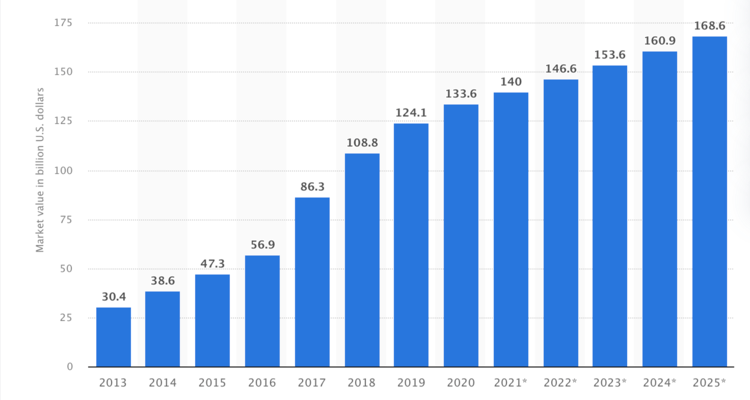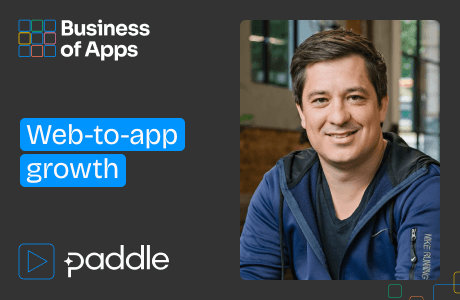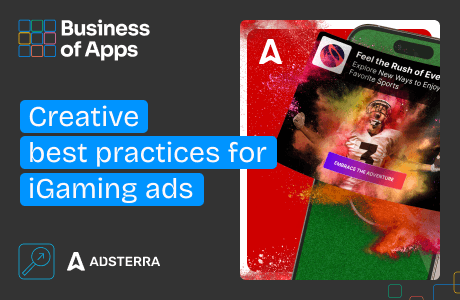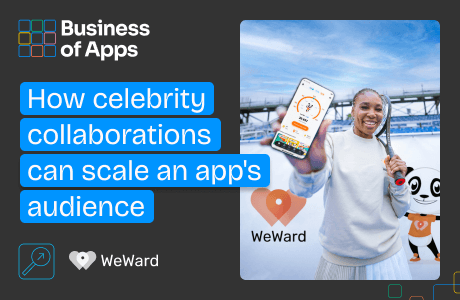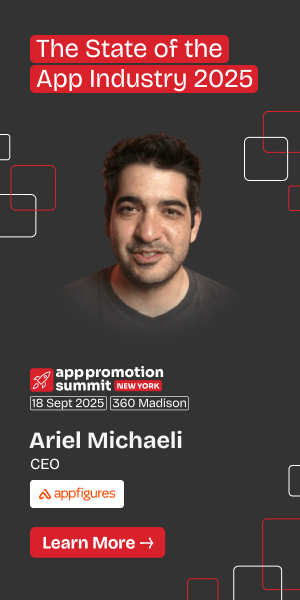A Cloud-driven application is a type of mobile app that is connected to remote servers to fetch and send data, process information, etc. The technology enables developers to build mobile applications synchronized with desktop or web apps, creating a comprehensive environment for users on different platforms. In the post below, you will look deeper into Cloud application development and find detailed app-building instructions.
What is Cloud development?
Cloud-based applications development refers to building mobile applications with a Cloud-based backend. They use the Internet to fetch data from remote servers and use the computing power of dedicated computers. Developing Cloud-native applications requires software engineers to pick, connect, and configure a dedicated server when creating a new app.
Key peculiarities of a Cloud-driven mobile app
Cloud application development foresees the opportunity to create an app that offers outstanding flexibility because of using a remote server to store and process data. The critical peculiarities of Cloud-driven mobile applications are the following.
- Data synchronization: Thanks to using Cloud-based storage, data can be synchronized across multiple devices. Moreover, a Cloud-driven mobile application can share data with web- and desktop-based applications.
- High scalability: By developing Cloud applications, software engineers can create mobile applications that can be scaled up by purchasing additional disk space and computing power.
- Internet connection reliance: Cloud applications can work offline. However, a reliable Internet connection is required to synchronize data.
Cloud-driven mobile app examples
Many mobile applications use Cloud technologies to deliver top-tier functionality. Dropbox, Asana, and Google Drive are the most popular Cloud-driven mobile apps. Cloud technologies are widely applied in many industries, including banking, healthcare, logistics, etc. Feel free to learn more about RX-Photo, a Cloud-based mobile application that processes and stores sensitive medical data on remote servers, facilitating the work of doctors.
These apps enable users to access files, data, and messages saved under their accounts and modify them, having stable Internet access. The information simultaneously synchronizes with web and desktop applications.
Cloud-based app development statistics
The Cloud-based applications development market is about to grow steadily. According to the report prepared by Statista, the Cloud-driven app market will reach the $168 billion milestone in 2025. Cloud-driven app building is just one of the top mobile application development trends. You can learn more by exploring CodeIT’s publication on emerging mobile app development trends.
Cloud applications market size worldwide from 2013 to 2025
Source: Statista
Instruction on building a Cloud-based mobile application
Cloud-based application development implies a lot of crucial stages. You must pick the best technologies, gather a team of software engineers, connect a Cloud server, etc. Below, we’ve prepared a detailed guide on developing Cloud-based applications.
Define project requirements
Preparing a product vision and a detailed feature set is advisable to initiate Cloud application development. It is the initial step aimed at clearly defining what you want to develop. We recommend discovering and prioritizing problems that a Cloud-based application should solve and conducting market and competitor research.
Select a type of mobile application
The three major app types you can develop are native, cross-platform, and hybrid. Native applications are built specifically for targeted platforms like iOS or Android. They are built using frameworks like React Native, Xamarin, or Flutter. Cross-platform mobile apps can work on multiple platforms using a single codebase. Hybrid applications are web apps with an additional layer, enabling them to be installed on mobile devices.
Turn installs into active and engaged customers
Grow in-app revenue and build user loyalty with custom retargeting and churn prediction campaigns from Adikteev.
Get startedAll app development methods have distinctive peculiarities. If you strive to build a secure and scalable mobile app, it’s advisable to consider the native app development approach. Down below, you will find the comparison table of the top tools and technologies utilized to build mobile applications.
Mobile app development tools and technologies
Source: CodeIT
Select a Cloud provider
Cloud-based mobile applications have their backends connected to a Cloud. Also, their databases are stored on remote servers. The most popular Cloud development platforms for Cloud-based application development are Google Cloud, Amazon Web Services, and Microsoft Azure. All the platforms offer different rates, services, and toolchains to build Cloud-driven applications. Examine the top Cloud providers thoroughly to select the best one.
Create UI/UX design
Involve a UI/UX designer to create a mockup of your application. The designer should create visual components of an application and prepare a mockup to share with software engineers. It’s also advisable to involve a business analyst to develop a well-thought-out user experience (UX) design.
Develop an app’s architecture and requirements
At this stage of Cloud application development, you should define the tech peculiarities of an app. For starters, it’s advisable to define a Cloud development methodology. The Agile methodology is the most widely used. The other common software development methodologies are Waterfall, Rapid Application Development, and Spiral Model.
Involving a tech expert to define an app’s architecture and data flow is necessary. Create a list of tasks software engineers should complete to build a mobile application. Also, define acceptance criteria for all deliverables.
Hire and onboard developers
If you don’t have a team of software engineers, you can employ in-house developers, hire a dedicated team, or delegate product development to an external vendor. Hire developers with the required skills and Cloud-based applications development expertise. Onboard team members to a project by sharing all the information with involved developers. Also, it’s advisable to install tools for communication and project management.
Create an MVP
At this Cloud applications development stage, onboarded software engineers need to begin completing tasks specified in a backlog to develop a minimum viable product MVP. It is the initial version of a mobile app with basic functionality. Software engineers should also create backend functionality, configure Cloud-based databases, and connect them to the developed application. The MVP should be continuously upgraded with new features released.
Test an application
An application should be tested to ensure that the developed application works smoothly. Quality assurance (QA) engineers must thoroughly examine the increments software engineers deliver and prepare detailed reports on detected bugs. The reports should be passed to developers so that they can fix bugs.
Release a Cloud-based app
Make your applications available to install by submitting them to Google Play and App Store. Feel free to follow the Google Play submission instruction and App Store app submission guide. When an app is reviewed and approved by stores, it gets published. Hence, users can install the developed Cloud-based application on their devices.
Conclusion
The process of building Cloud-driven applications implies nine crucial stages. It’s required to conduct a thorough analysis, pick the best technologies, select a Cloud provider, gather a team, etc. Feel free to follow the Cloud applications development guide to achieve success when creating a Cloud-based application from scratch.

